The phrase “most beautiful in the world” is batted about with relative ease. I've heard it used to describe dogs, cats, flowers, homely children and assorted celebrities. Always it denotes something special to the observer but sadly only to that observer. When referring to Crater Lake, however, the phrase “most beautiful lake in the world” may indeed be accurate. It's a striking deep blue lake — “The Jewel of the Cascades” — placed in an improbable location, near the top of an volcanic crater.
(Wizard Island, Crater Lake, Oregon)
Crater Lake National Park is located in South Central Oregon. Some might say it’s in the middle of nowhere but I found the drive along the Rogue River to the park to be beautiful. The park is fairly isolated — about midway between Medford and Bend – with only a small Rim Village (including the beautiful historic Crater Lake Lodge) and a few tiny towns to provide services. The Klamath Indians had been aware of and revered the lake for hundreds of years, but the first white prospector did not see it until 1853. President Theodore Roosevelt declared it the country’s fifth national park in 1902. It still is Oregon’s only National Park. Although not classified as such, I think it should be one of UNESCO’s World heritage sites for it is quite unique.
Part of what makes a visit here special is that there are no distant views of the lake to prepare you for what you’ll see. You literally need to be at the top of the collapsed rim to see Crater Lake. My first view of it gave me goosebumps, it was so stunning. Set against the steep (up to 2000 ft -- 600 m) cliffs of the remnant volcanic caldera (Mt. Mazama was the name of the volcanic cone that blew its top many thousands of years ago, much like Mt. St. Helens did more recently). In this gigantic bowl sits this lovely body of bluest clear water, often still and as reflective of clouds and mountains as a mirror. Occasional ripples stir the surface but it is usually a calm scene.
(Phantom Ship Island, Crater Lake, Oregon)
Once seen the image of Crater Lake will never be forgotten. The lake is more than five miles across and at its deepest is almost 2000″ deep (600 m), averaging over 1000″ (300 m) in depth. This makes it the deepest lake in the United States and one of the deepest lakes in the world. It contains two islands, the largest of which is Wizard Island which most will recognize from photos of the lake. The smaller island is Phantom Ship which resembles the masts of a shipwreck.
(Snow persists in the Park well into June)
The altitude of the rim is over a mile above sea-level at around 7000″, so its winters are long and cold and there’s lots of snow (almost 50 feet a year). Snow can be on the ground from October until late June or early July. Only a few hearty souls enter this Arctic landscape in the winter, which offers opportunities for snow-shoeing and cross-country skiing. The snow melt is what keeps the lake at its current fairly constant level supplemented by some rain during the summer; this being offset by evaporation and seepage into the ground. While summer days are usually warm and dry, it can snow at any time so always be prepared for bad weather whenever you travel to the mountains. And be sure to use your sunblock as the atmosphere at the rim is thin and you’re likely to get sunburn very quickly.
(Crater Lake National Park -- Whitebark Pines)
A 33 mile road surrounds the rim of the Crater and it certainly is worth exploring. It offers view points and changing perspective of the lake — best appreciated in how the islands appear different from each perspective — as well as beautiful views of surrounding meadows and distant peaks in the Cascade range. As with most National Parks, speed on the road is limited, a good idea as it also is very popular with cyclists, so be cautious.
(Rogue River, Oregon, near Crater Lake National Park)
Camping facilities are available and hiking is popular. An large assortment of trails are available. The Cleetwood trail will take you down to the lakeside and a boat dock (daily boat tours to Wizard Island are available); it is the only trail that provides lake access but is strenuous, with an 11% grade. Fishing is available (the lake has been stocked with trout and salmon) and certified divers also may use the lake (whose clear but cold waters afford excellent underwater views with visibility of almost 200 feet).

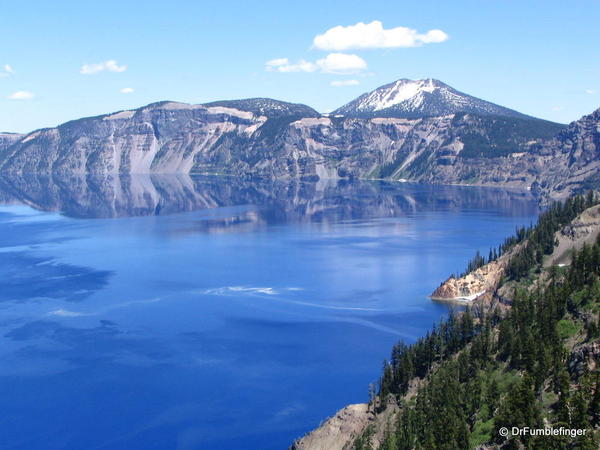
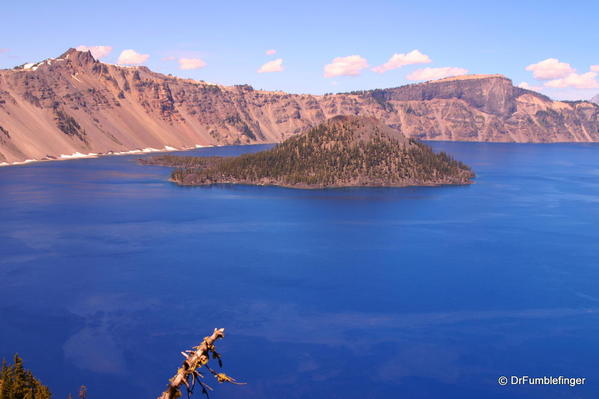
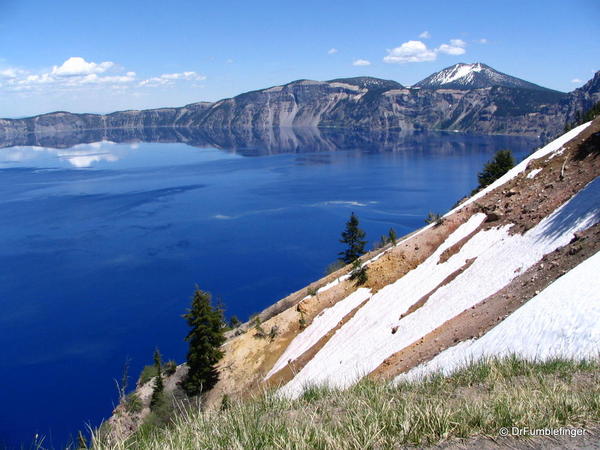
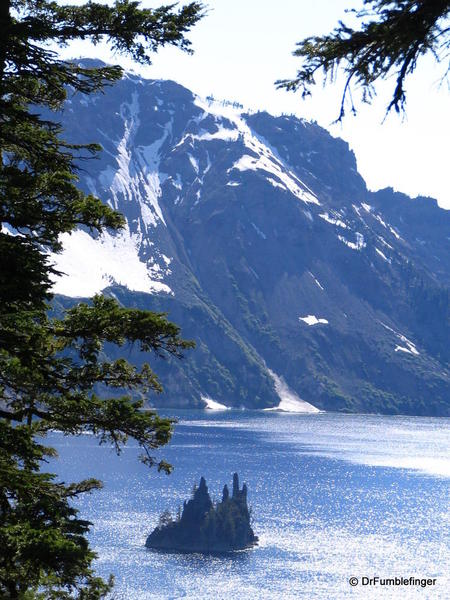

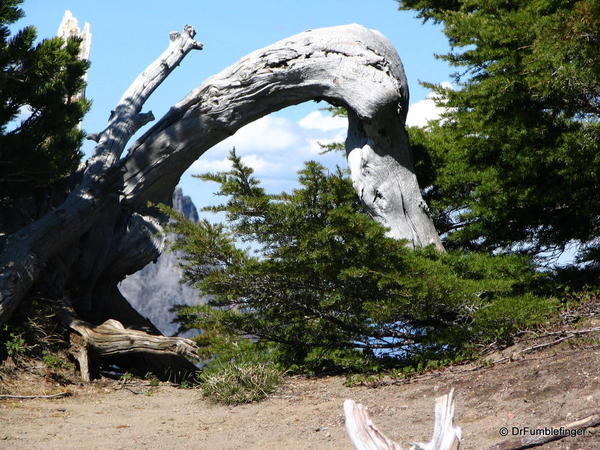
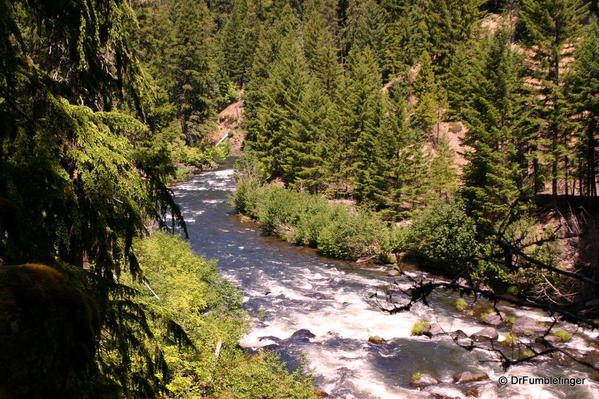
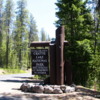
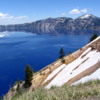
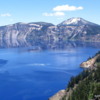
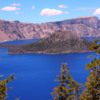
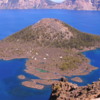
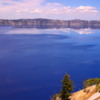
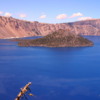
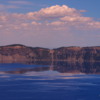
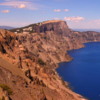
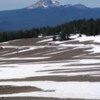
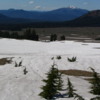
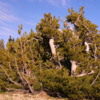
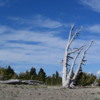


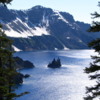
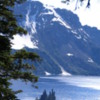
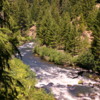
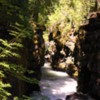


Comments (3)